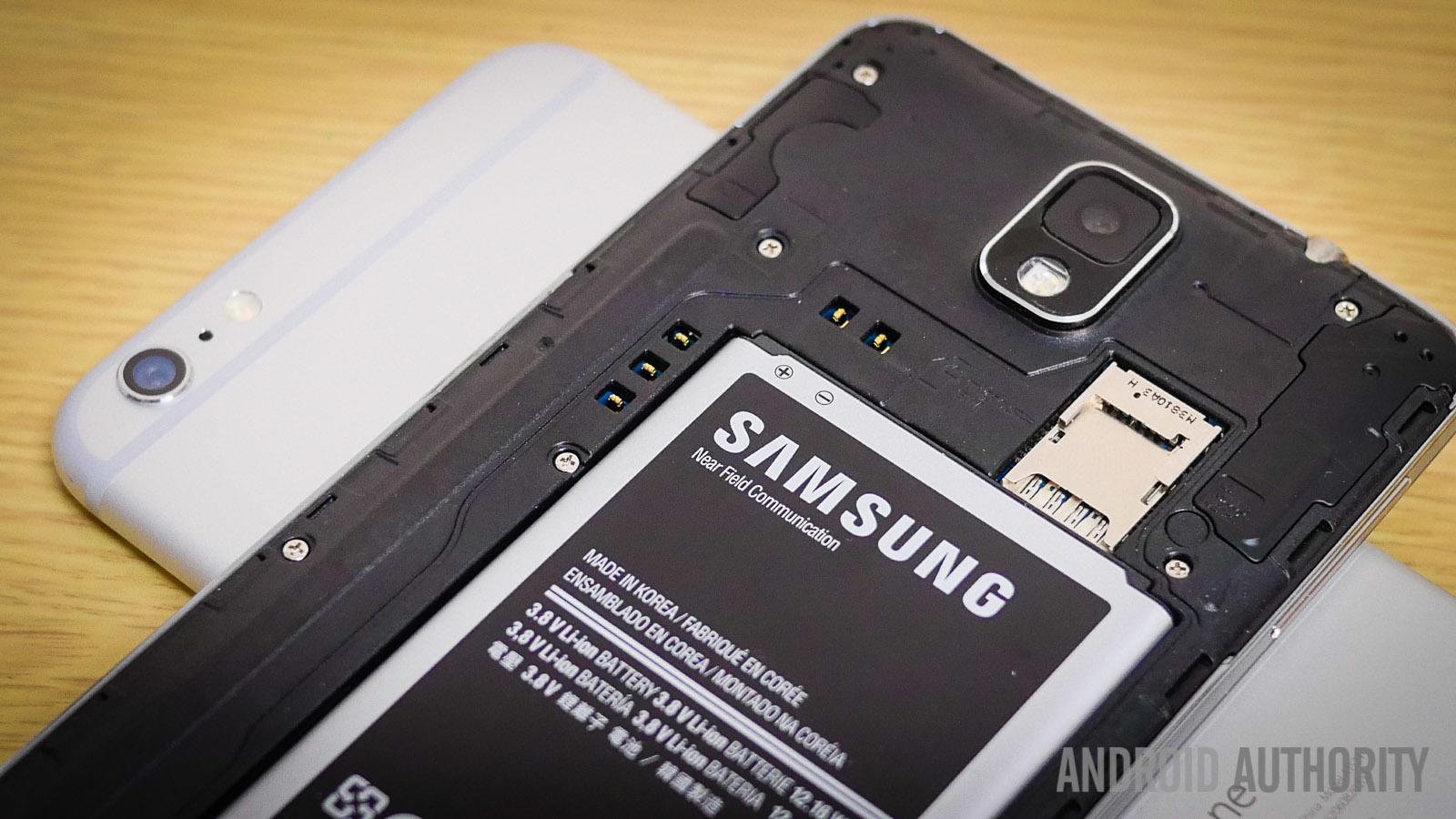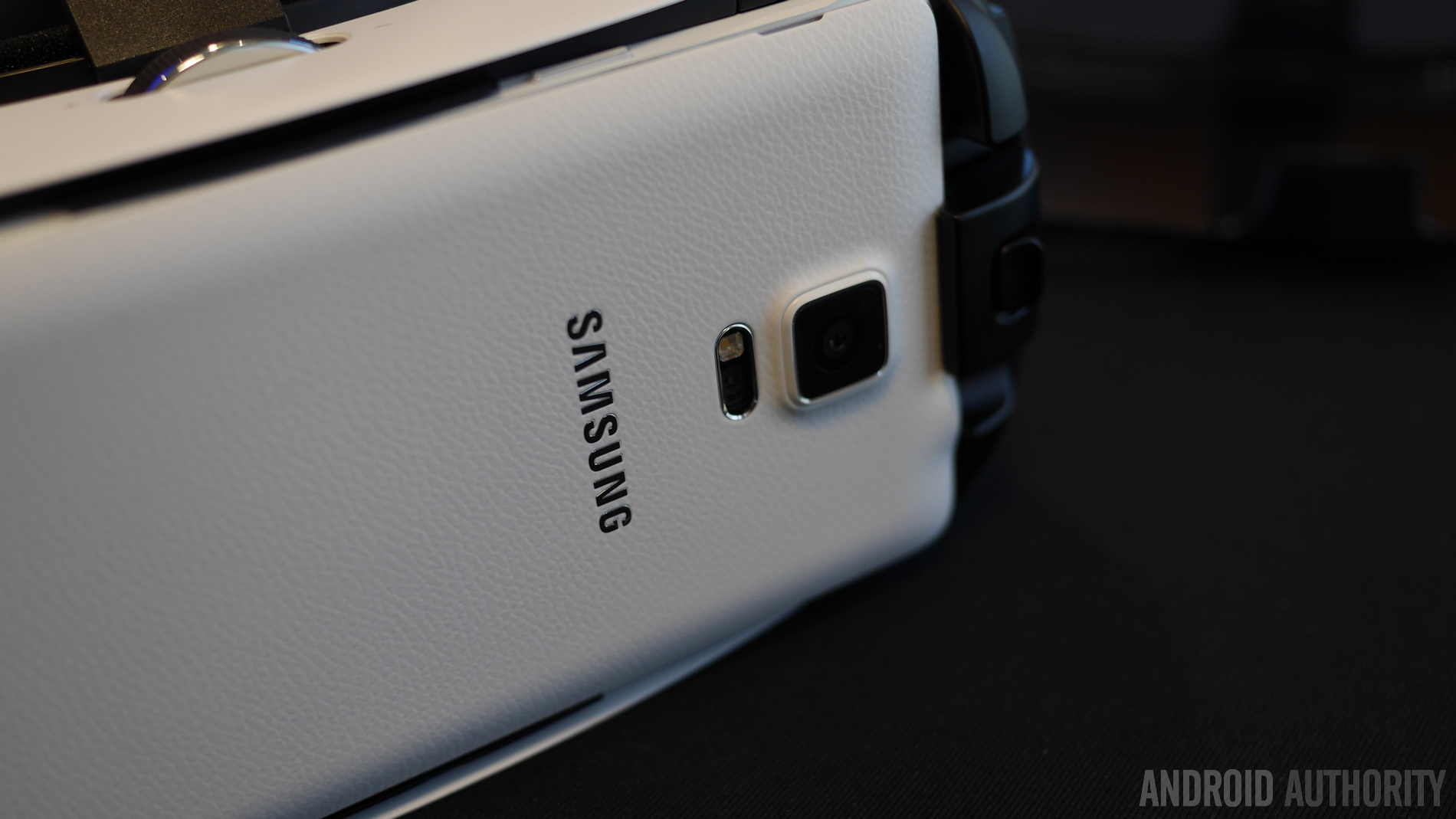Affiliate links on Android Authority may earn us a commission. Learn more.
Samsung's Q3 net profit down nearly 50% year-on-year

It seems that Samsung’s monumental succ
While these numbers would be astronomic for any normal company, the dramatic rise of aggressive rivals from China, including Xiaomi and Oppo, has had a major effect on the chaebol’s bottom line. In contrast, primary domestic rival LG just reported its best smartphone quarter ever, no doubt thanks in large part to the widely well received LG G3.
In theory, it’s quite easy to understand the driving force behind Samsung’s slipping sales. It’s always difficult to be #1, and like any leader, power and performance eventually wanes over time. Appreciate that – just a few years ago – the Android line-up consisted of a host of rudimentary phones with unimpressive specs and displays, and the Galaxy S and S2, with their ravishing AMOLED panels won over consumers and quickly catapulted Samsung and the Galaxy brand to the forefront of what was considered ‘hot’.
Fast forward to the cusp of 2015 and we have QHD panels from unlikely players, devices with top notch processors from smaller rivals, and superior design and style from devices still on the market. In short: Samsung’s products simply don’t have the appeal they once had, especially not at the seemingly exorbitant price ranges they once easily commanded.

Equally problematic is the sheer range of products released this year. Considering tablets alone, over 20 different models were launched in no less than 4 different product lines: the Tab Pro series, Tab 4 series, Tab S series, and now the Tab Active. There are multiple size configurations, multiple storage configurations, and even multiple data connectivity configurations. And let’s not forget the Korean exclusive Galaxy W which is a tablet in everything but name. Then consider the menagerie of phones, and the half-dozen smartwatches
Before hitting the panic button, it’s important to realize Q3 covered the period of July-September, and thus sales for the Galaxy Alpha and Galaxy Note 4 would not have a large impact given their mid-late September release dates. It’s highly possible Note 4 sales will provide a major boost in profit, but given the sheer number of phablets currently in the market today, including the upcoming Nexus 6 and Galaxy Mega 2, it’s difficult to be certain.

One thing is clear though: Samsung needs to make some major changes in the next year. Devices like the Galaxy Note Edge provide for some new form and functionality aspects, but other devices like the Galaxy A5 seem to have little going for them save for a metal encasing.
The real question lies in store for 2015: where can things go now that screen resolution and processing speeds have reached a saturation point? Will next year finally see the release of a folding device the likes of which was suggested during Samsug’s CES 2013 YOUM video presentation? Perhaps for investors and fans alike, it had better.
On the other hand, it is important to realize and recognize the breadth of leadership Samsung possesses as a leader in numerous fields, namely display technology and memory. It’s likely that as the industry becomes increasingly commodified that Samsung will continue to derive more of its profit from simple component sales and manufacturing. While far less exciting than having a market dominant position, Samsung clearly has solid fundamentals and will be clearly working harder than ever to rectify this as soon as possible.